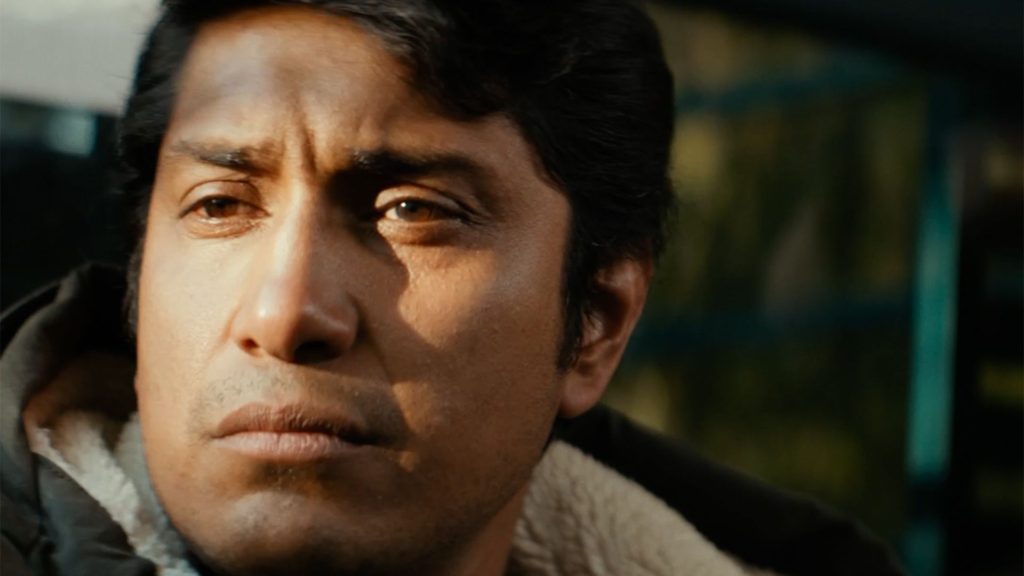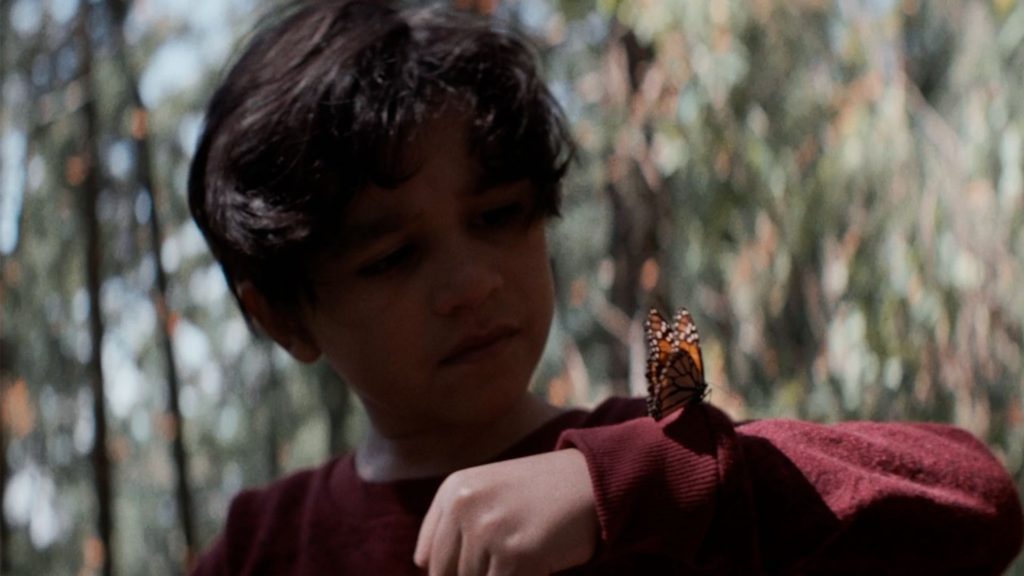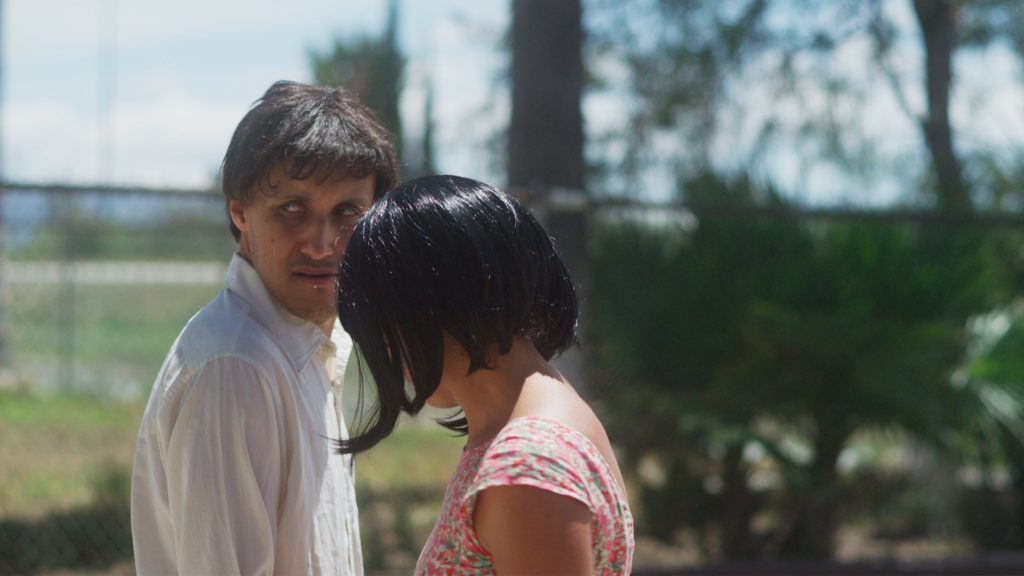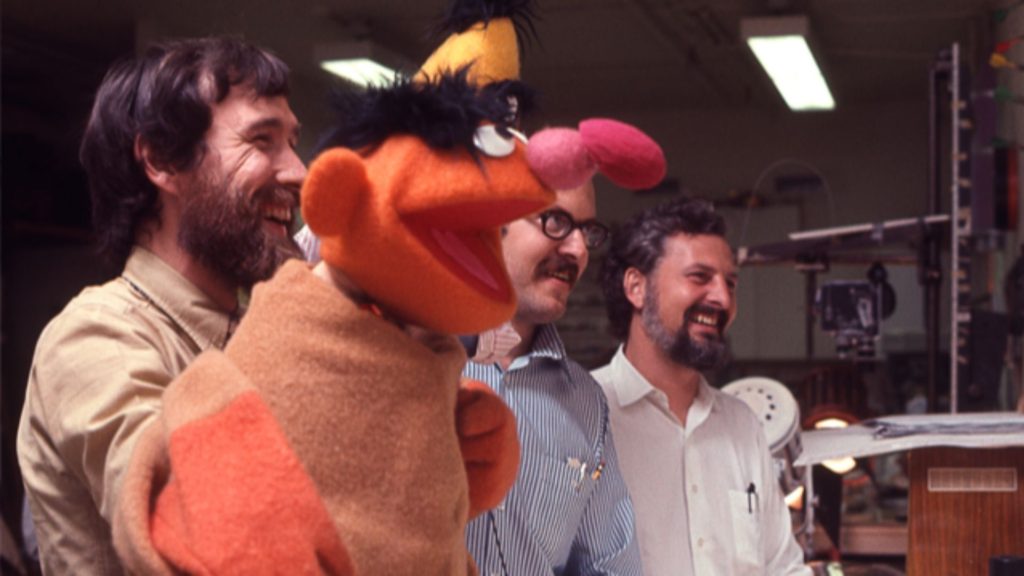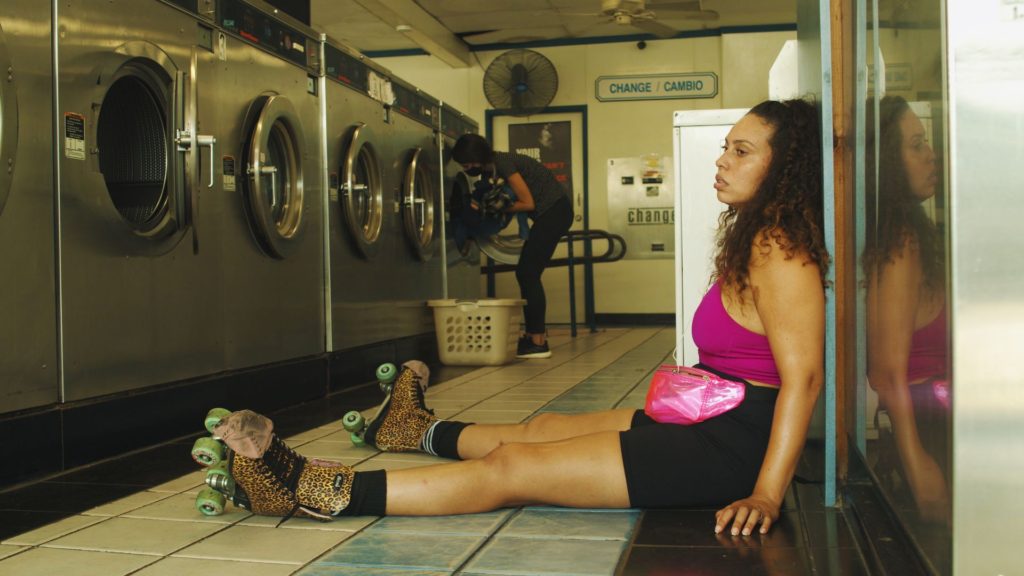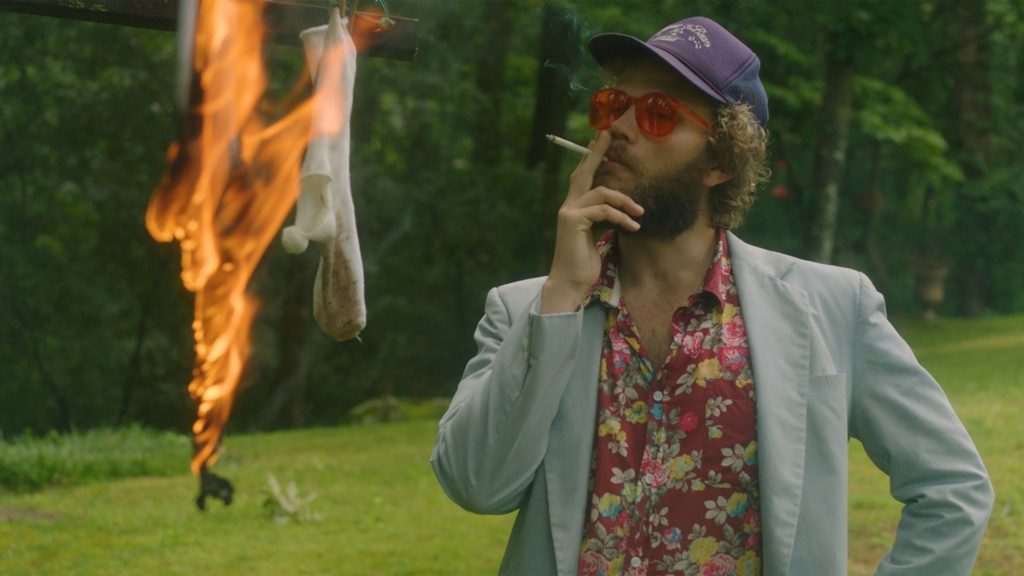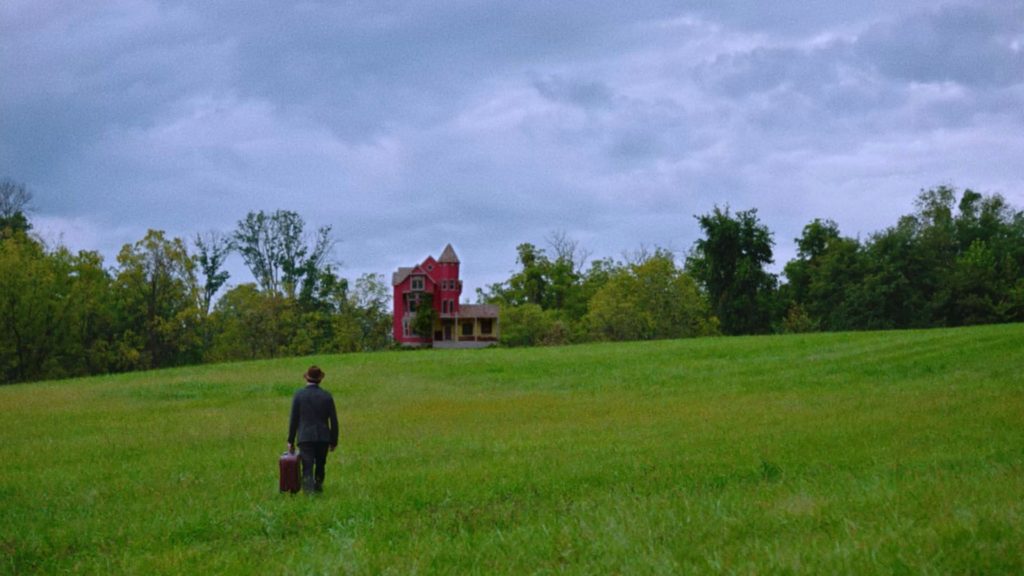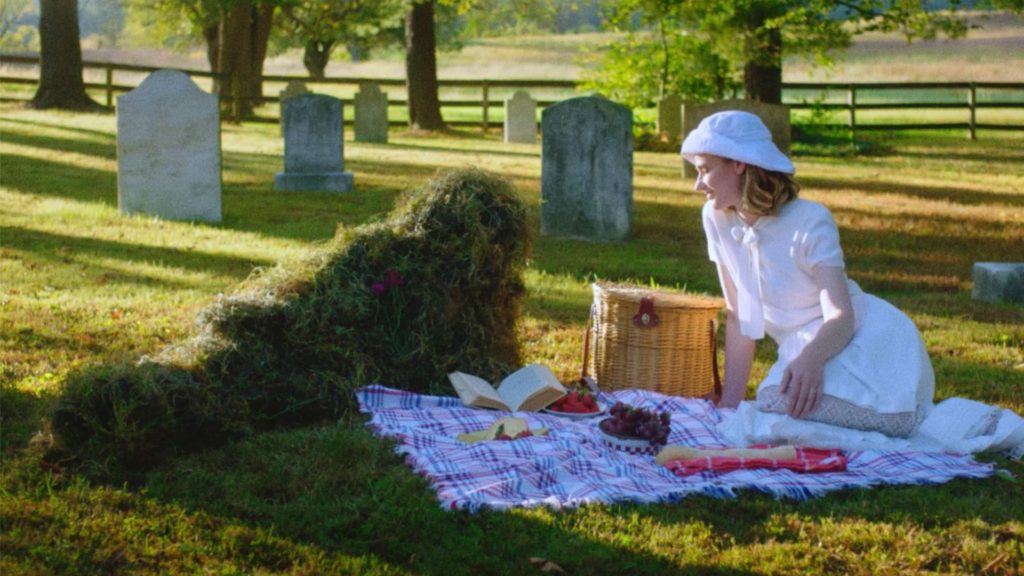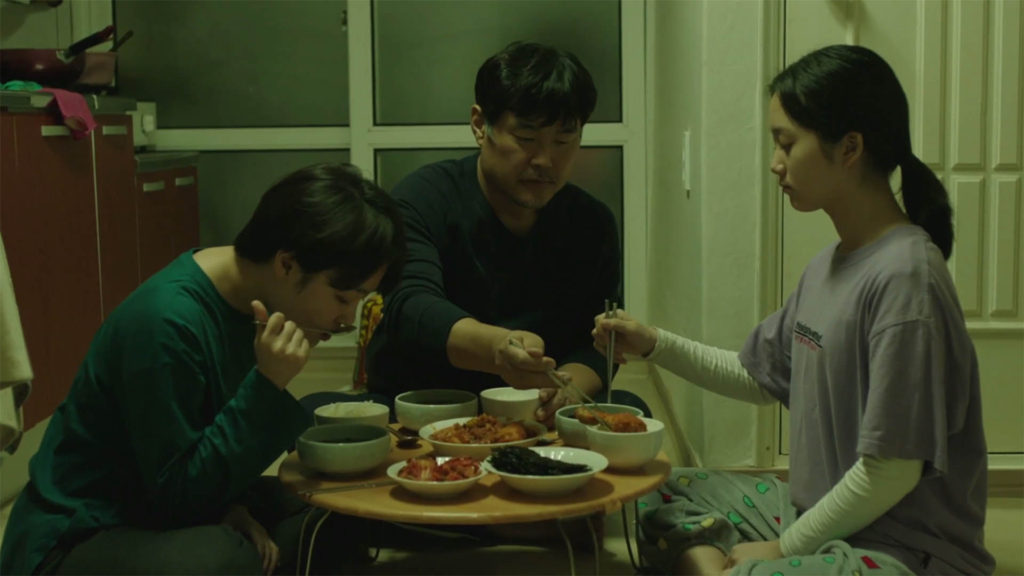
This year’s San Francisco International Film Festival (SFFILM) opens April 21, and runs through May 1. The fest is IN-PERSON, which is a big deal after cancelling in 2020 and going virtual in 2021. Screening all the films at San Francisco’s Castro, Roxie, Vogue and Victoria theaters, and Berkeley’s BAMPFA, SFFILM is doubling down on its live events. Mask and proof of COVID vaccination will be required for attendees.
As always, it’s a Can’t Miss for Bay Area movie fans. The menu at SFFILM includes 130 films from 56 countries, with 16 world premieres and 10 North American or US premieres. Once again, a majority of the films were directed by female and non-binary filmmakers, and a majority of the movie in this years program have BIPOC directors.
Here are more special elements of this year’s SFFILM:
- SFFILM honors Michelle Yeoh (the martial arts star of Crouching Tiger, Hidden Dragon, the Bond Girl in Tomorrow Never Dies, and the steely mom in Crazy Rich Asians). On April 29, Yeoh will appear for an on-stage interview by Sandra Oh. On April 25, SFFILM will present a 35mm print of Crouching Tiger, Hidden Dragon on the big screen at the Castro.
- After last year’s fine selection of Mexican films (Son of Monarchs, Nudo Mixteco, Fauna, Dance of the 41), SFFILM offers a promising expanded Latinx program, with films from Ecuador, Argentina, Chile, Uruguay, Bolivia, Brazil, and of course, Mexico.
- The most topical film is probably Klondike, where a mortar attack wipes out the front of a couple’s Ukrainian farmhouse. The film is set in the 2016 conflict that has since erupted into a full-scale war with the Russian invasion.
- Again, SFFILM has highlighted a cross section of movies and events as Family-friendly, something that more film festivals should do. Introduce the kids to good cinema! Artist William Joyce will present his the Oscar®-winning The Fantastic Flying Books of Morris Lessmore and his latest creation, Mr. Spam Gets a New Hat – and will finish with a live drawing activity, welcoming audience members to draw along.
As usual, I’ll be looking for under-the-radar gems and posting my recommendations just before the fest.
The 2022 SFFILM opens April 21. Here’s the information on the program and tickets and passes. Throughout SFFILM, you can follow me on Twitter for the very latest coverage, my coverage on my 2022 SFFILM page.



